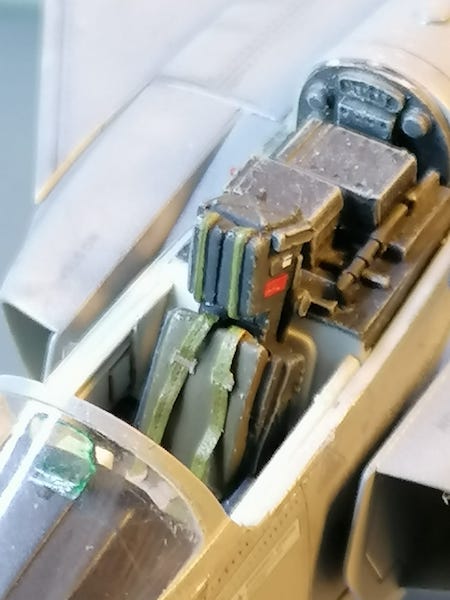
Short Feature Article with Manuel Magrinho
In the late 1970s, Sweden sought to replace its ageing Saab 35 Draken and Saab 37 Viggen. An affordable Mach 2 aircraft with good short-field performance for a defensive dispersed basing plan in the event of invasion was required; the plan included 800 m long by 17 m wide rudimentary runways. One goal was for the aircraft to be smaller than the Viggen while equalling or improving on its payload-range characteristics.

In 1979, the government began a study calling for a versatile platform capable of “JAS”, standing for Jakt (air-to-air), Attack (air-to-surface), and Spaning (reconnaissance), indicating a multirole, or swingrole, fighter aircraft that can fulfil multiple roles during the same mission.
The JAS 39 received the name Gripen (Griffin) via a public competition, which is the heraldry on Saab’s logo.
Kit impressions and build…
Kitty Hawk have tooled this completely new kit using modern technology. The result is a nice detailed kit, quite interesting but not without some flaws. Some engineering options (as the kit being broken down with vertical seams on the fuselage, and a separate nose section to allow for a two-seat variant) can present some ‘traps’ for the less experienced modeller.
The instruction booklet, although enjoyable to the eye, is not very detailed so you might want to have some reference photos around.
Apart some warped parts and a broken canopy that costumer service replaced, building went on quite peacefully.
I must say that I keep some mixed-feelings about this building as there were some dream moments and ‘the others’ 

The cockpit is quite simple but ended up ok, the engine (yes, there’s one) is tucked away inside so no one knows it’s there :-D, and the wheel bays are just great.
Reference photos helped a lot, especially clarifying that the canopy ‘seam line’ is, in fact, really there and it’s not to be removed in the same way as the weapons fixation points, a really odd fault in the instructions manual.

Reference photos also helped to clarify some details, like the glass heads on the IRISF, which I reproduced by cutting plastic and making a new part from Kristal Klear.

A final word for the kits clear parts, especially position, navigation and head lights, which turned out quite well.
